We’re crossing all kinds of things off the domestic bucket list around here. First, planting a vegetable garden (see below for instructions) and now, making risotto.
Ohhh, risotto! Starchy, short-grain Arborio rice is stirred with savory broth until thick, creamy, and chewy, then finished with hearty amounts of butter and cheese. It is such a treat.
Despite adoring the dish, for years I have held off on making it at home. I mean, all that stirring? Who has the time?!
Well, after planting my garden last night, inspiration struck. I’m an immediate gratification kind of person, but I realized the rewards of a garden are anything but. A little patience, persistence, and dedication is necessary to get my happy ending, which is what I’d need to enjoy delicious, Lighter Spring Risotto.
True, Lighter Spring Risotto, highlighting fresh spring peas & asparagus, involves a solid 20 minutes of stirring to achieve that classic, creamy risotto texture, but it doesn’t need extra butter and fat at the end to make it rich and satisfying. I’ll show you!
Start by heating 4 cups vegetable broth. Since you’ll be ladling the broth into the risotto to cook the rice, you want it nice and hot so it doesn’t slow down the cooking process.
I brought the broth up to a boil, then popped a lid on top and turned the heat down to low.
Next, saute 1 shallot, 1 garlic clove and 1 cup sliced mushrooms in 2 teaspoons each butter and extra virgin olive oil, until the shallots and mushrooms are tender, about 4 minutes.
Then add in the Arborio Rice.
Arborio rice is a short-grain Italian rice typically used in risottos. It’s very high in starch, which is released when cooked slowly and stirred constantly, making the dish creamy and luscious.
Pour 1 cup arborio rice into the skillet, then let it saute and “toast” for 1 minute.
Next, add in the juice from 1/2 lemon, and 1/2 cup white wine. If you wouldn’t drink it, don’t cook with it!
Stir the lemon juice and wine in with the rice then, when it’s nearly absorbed, add a ladle full of hot broth to the skillet.
Stir constantly – not vigorously – just constantly, until the broth is nearly absorbed.
Then, repeat! Keep stirring and adding ladle fulls of broth after the previous ladle full is absorbed, until the rice is tender but al dente. Make sure you don’t step away to fold laundry, stare at your vegetable garden, or look for the remote mmkay, as stirring is what “activates” the starches in the rice.
When there’s 2 ladle fulls of broth left, add in 1 cup chopped asparagus.
When there’s one lade full left, add in 1/2 cup peas. Taste to make sure the rice is cooked through (add more hot broth if it’s not) then adjust seasonings if necessary.
Ladle into bowls, top with fresh basil and serve!
free email bonus
Dinner Made EASY
5 days of simple yet flavorful recipes that take the stress out of dinnertime!
Lighter Spring Risotto
Description
Lighter Spring Risotto highlights the best spring produce without a ton of butter or cheese!
Ingredients
- 4 cups vegetable broth (may need a bit more or less)
- 2 teaspoons butter
- 2 teaspoons extra virgin olive oil
- 1 shallot, minced
- 1 garlic clove, minced
- 1 cup sliced mushrooms
- salt & pepper
- 1 cup arborio rice
- Juice from 1/2 lemon
- 1/2 cup white wine (I used Pinot Grigio)
- 1 cup chopped asparagus
- 1/2 cup peas (can use frozen-then-thawed)
- 1/4 cup basil leaves, chopped
Directions
- Heat vegetable broth in a small saucepan until simmering. Place a lid on top, and keep over low heat.
- Melt butter and olive oil in a large skillet over medium heat. Add shallot, garlic, and mushrooms, season with salt and pepper, then saute until onions are soft and mushrooms are tender, about 4 minutes. Add rice, stir well, then toast the rice for 1 more minute.
- Pour in lemon juice and white wine, then stir and cook until wine is nearly absorbed. Add a ladle full of vegetable broth, then stir constantly until broth is nearly absorbed. Repeat the process until rice is creamy and nearly tender, about 20 minutes. You may not need to use all of the vegetable broth.
- When there is approximately two ladle fulls of broth left, add in the asparagus to cook. When there is one ladle full left, add in the peas to heat through. Taste and season with more salt and pepper if necessary. Serve topped with chopped basil.
Notes
Adapted from Love & Lemons
This recipe is courtesy of Iowa Girl Eats, http://iowagirleats.com.
Lighter Spring Risotto is a very basic risotto recipe, but boy was it satisfying. I didn’t miss the extra butter or addition of cheese at all. I don’t even know what it would add – besides a lot of extra calories!
The sauce was thick, the rice creamy, and the spring veggies fresh. That hit of basil at the end was totally key, too. Although I won’t be making this every week, I can definitely confirm that it is worth the effort.
In other news…
How to Build a Raised Garden Bed
As promised, here are the instructions for building your very own raised garden bed! My Mom and I decided to go with a longer, skinnier bed vs a square one because I’m super short and it would have been hard to lean over and reach the middle of the bed. I’m sure there are tons of ways to build one, but here’s how we did it!
Materials Needed:
- 3, 8′ length x 6″ wide x 1 1/2″ deep cedar boards, with 1 cut in half (they can do that for you at the store)
- 12, 2in x 8 green exterior screws (the actual color is not green, that’s just what they’re called)
- 30 feet garden fencing
- 8, 4′ garden stakes
Tools Needed:
- Drill with one bit just smaller than the screws, and one bit that matches the head of the screw
- Shovel
- Rake (optional)
- Staple gun (optional)
Step 1
Lay out the boards for the frame of the raised garden bed. These are 3, 8’x6″x1 1/2″ cedar boards, which are great for the outdoors as they don’t warp, and are safe for vegetable gardens (vs green treated boards which can seep into the soil.)
Step 2
Line the boards up so the end of the 8′ board is inside the 4′ board.
You’ll be using 2″ exterior screws vs regular nails to hold the frame together, as regular nails would bust out from the pressure and weight of the soil.
Step 3
You need to pre-drill holes for the screws to go into, so press a screw into the end of the 4′ boards to make 3 indentations. Do this on both ends of both 4′ boards.
Step 4
Select a drill bit that is just smaller than the screws, and insert it into the drill.
Whee, drilling!
Pre-drill holes in the indentations for 12 holes total (3 on each end of both 4′ boards.)
Step 5
Find a drill bit that matches the head of the screws, then put that in the drill.
Line the boards back up, then drill the screws into the pre-drilled holes.
Repeat on all 4 sides of the frame.
To recap:
1. Line boards up and make indentations on each end of the 4′ boards to pre-drill holes
2. Pre-drill holes
3. Drill in screws
Step 6
Place the frame in your desired spot and line the bottom with newspapers, about 3 layers thick. This will help keep weeds from popping up.
Tuck the newspapers under the frame so the weeds can’t work their way up the sides.
Step 7
Fill the frame to the top with good quality soil. The soil will settle as it sits, and will sink a bit.
Step 8
Rake the soil or spread with your hands to get it evenly spread out.
Step 9
Plan the placement of your fruits/veggies before you dig the holes to plant them, keeping 6″ of space between the plant and the frame.
Step 10
Plant!
Step 11 (Optional)
Line the raised garden bed with garden fencing, using 4′ garden stakes woven in and out of the fencing, then pushed several inches into the ground below, to anchor it.
Staple the bottom of the fencing to the frame all around the raised bed to prevent rabbits from squeezing their way in.
To recap:
- Line the raised garden bed with newspaper, tucking it under the sides
- Fill the bed with dirt
- Plan out where you want your plants to go, then plant them
- Line the raised garden bed with garden fencing, anchoring it with garden stakes, then staple the edges to the frame
Water, harvest, repeat!
With that, it’s time to go water. :) Have a great night!
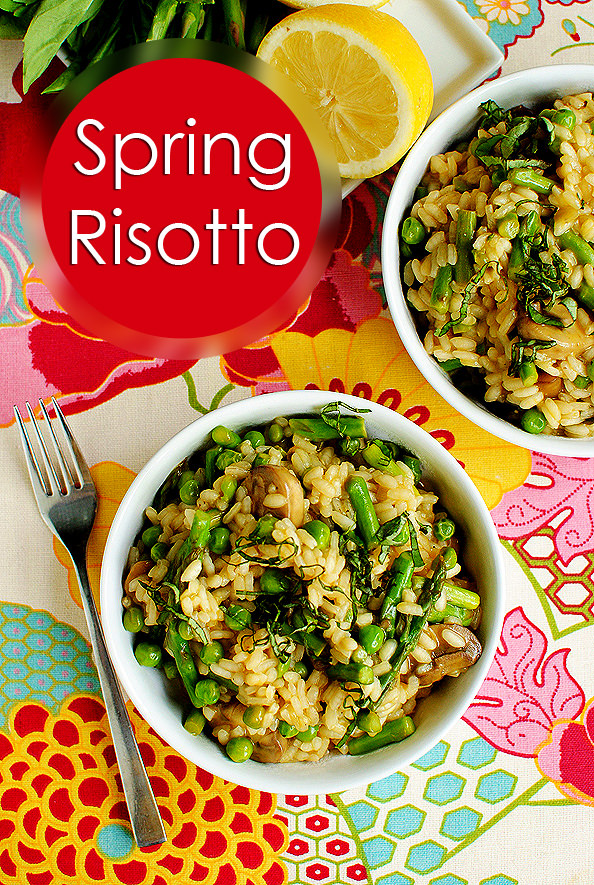
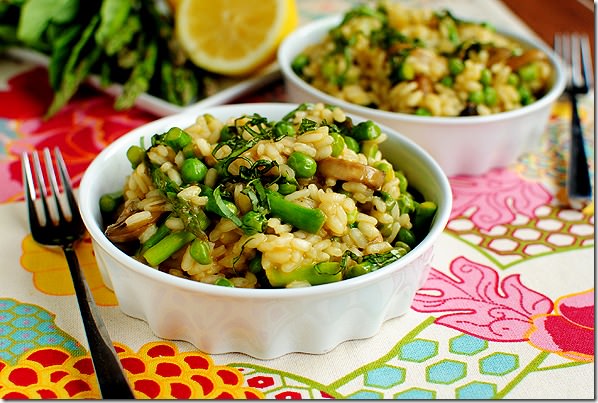
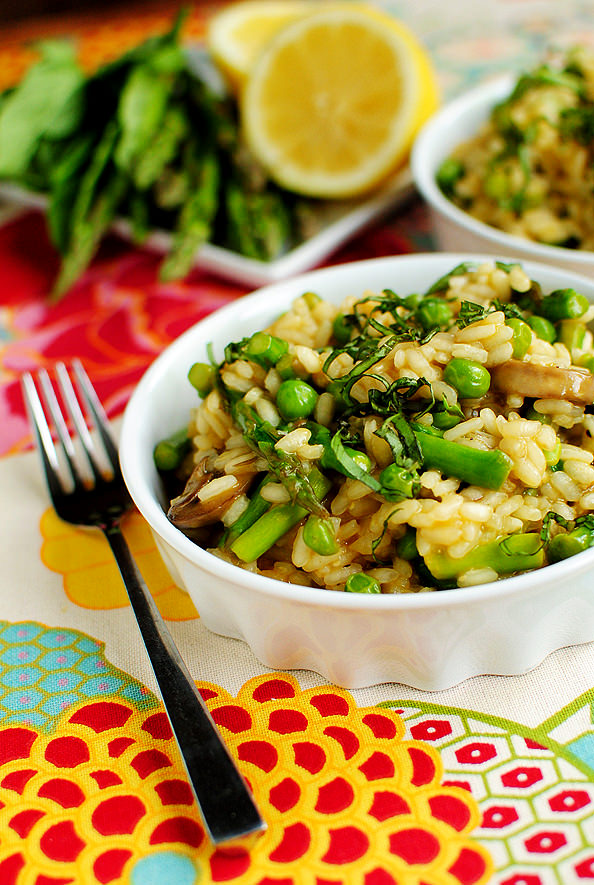
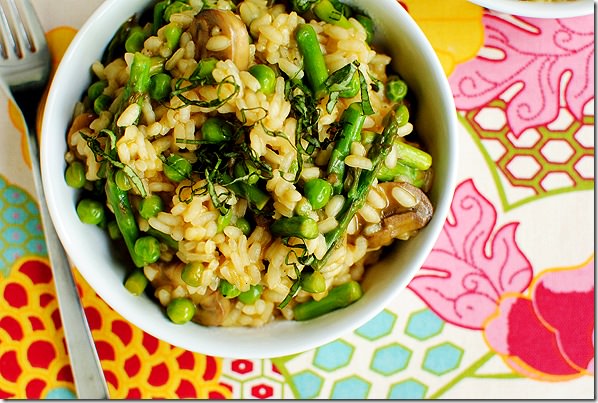
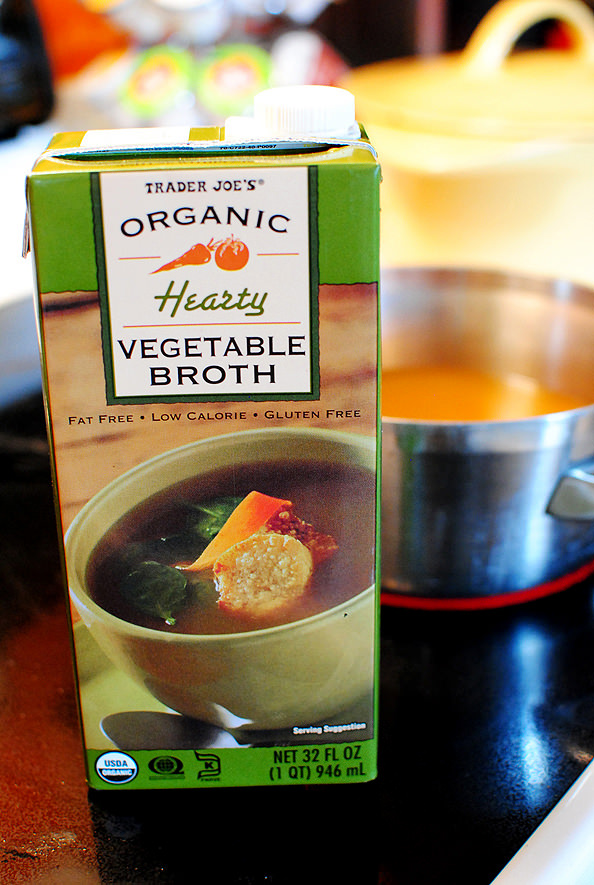
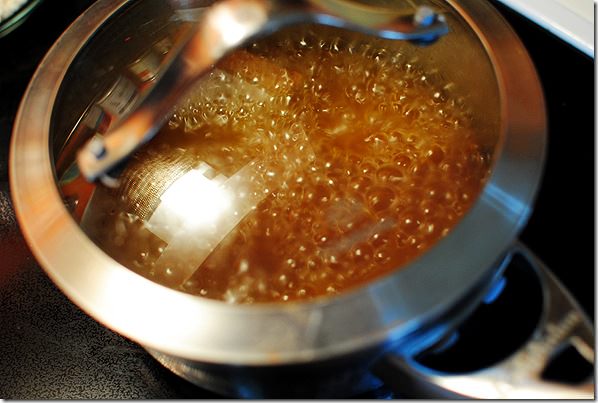
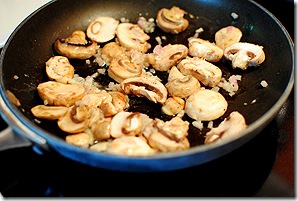


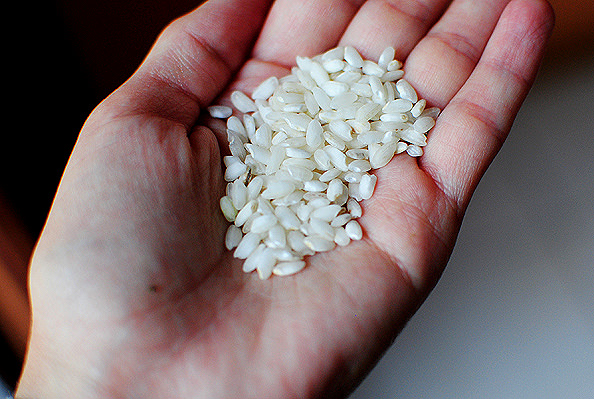
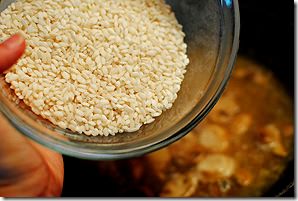
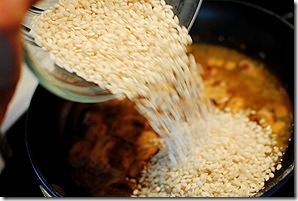
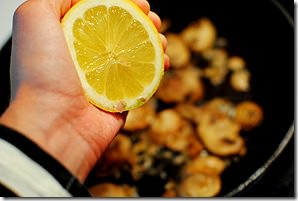

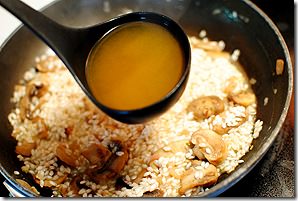
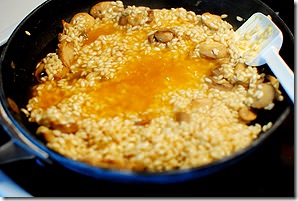
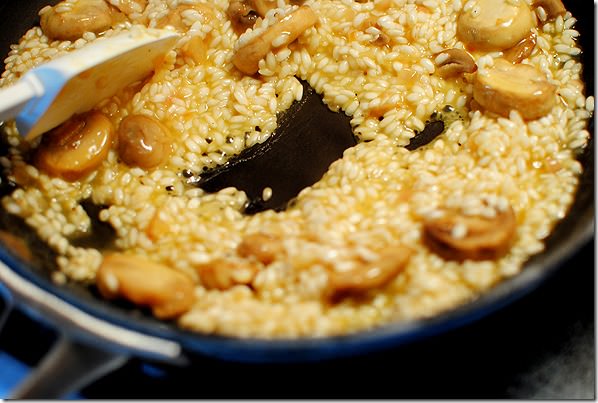
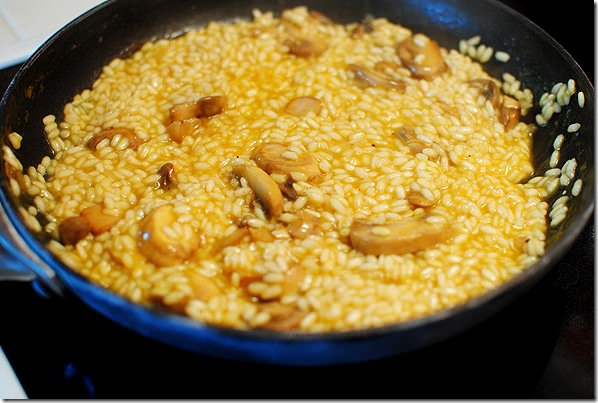

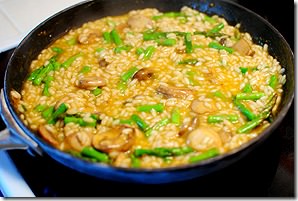
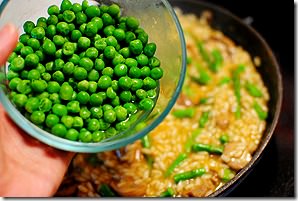
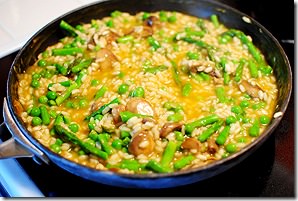
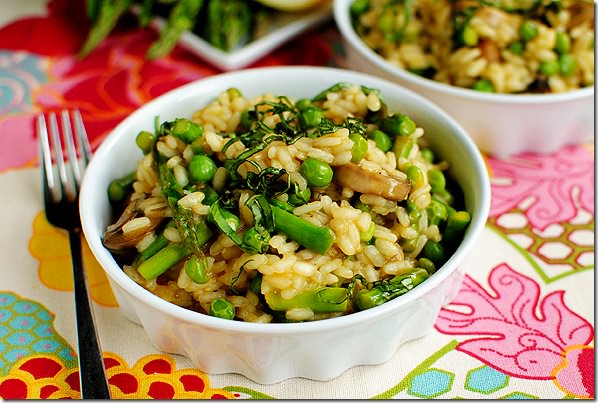
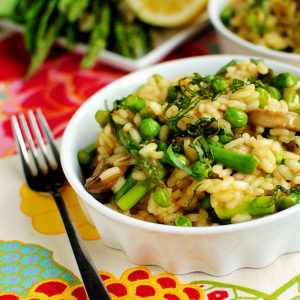
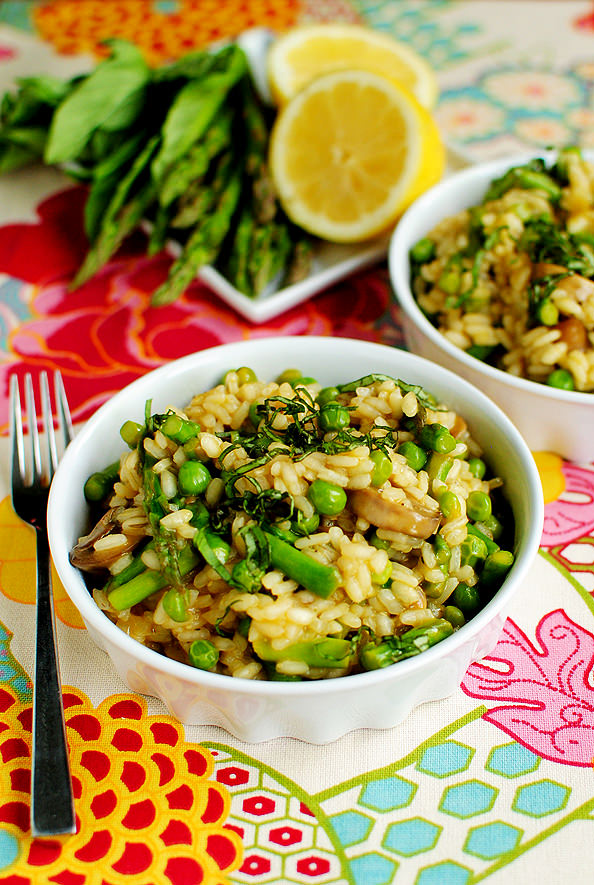

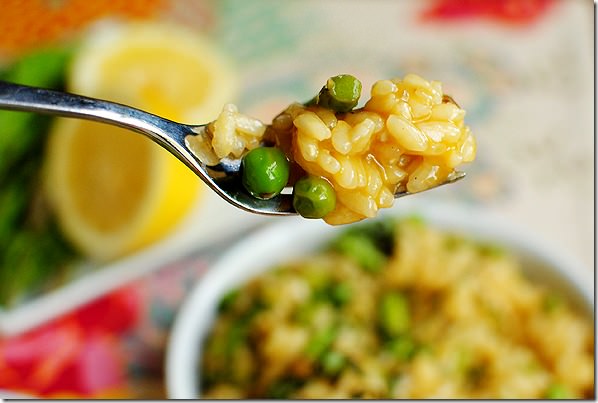
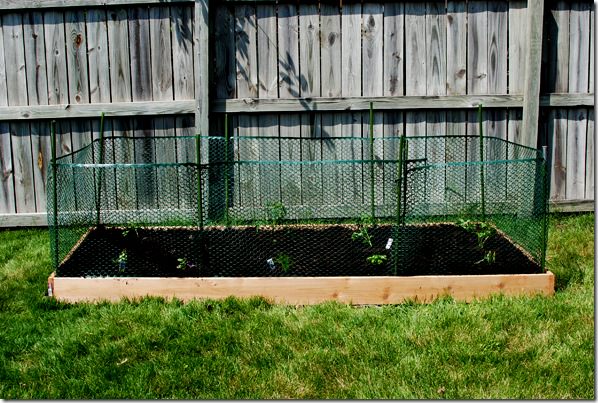
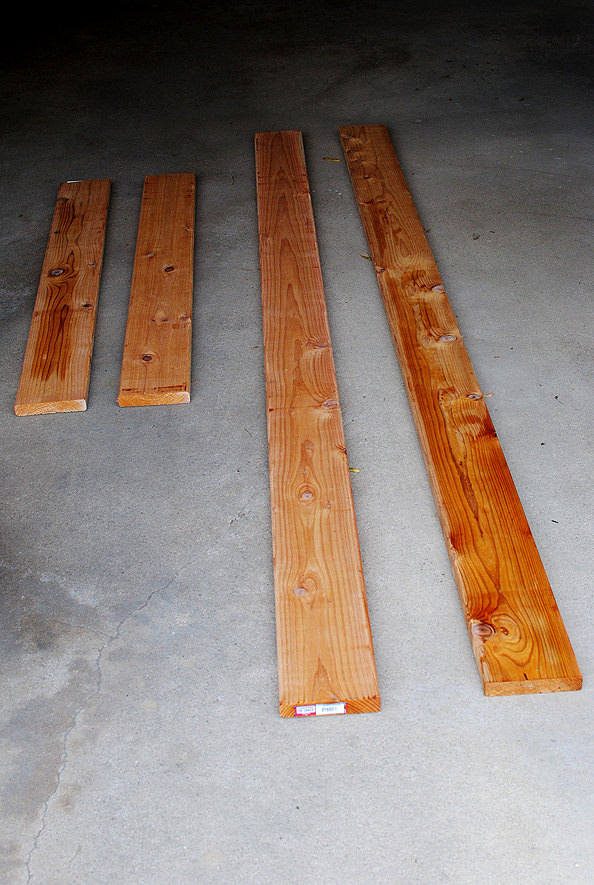

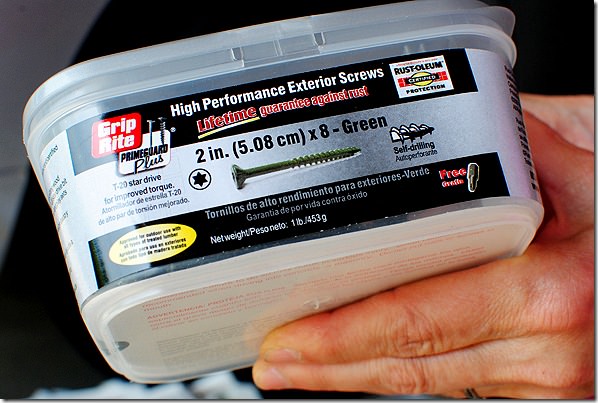
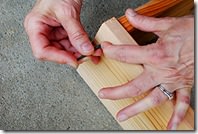
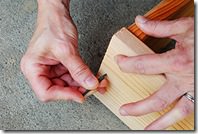
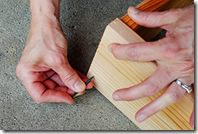
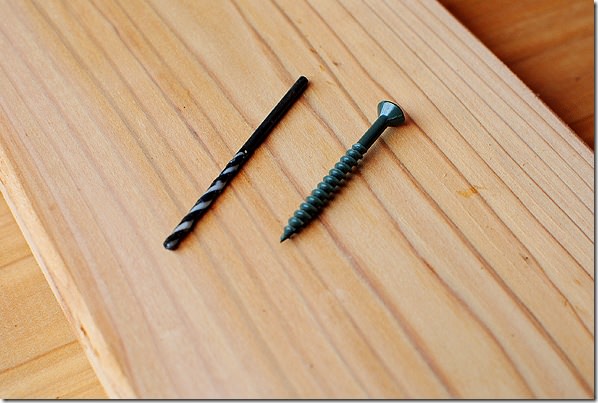
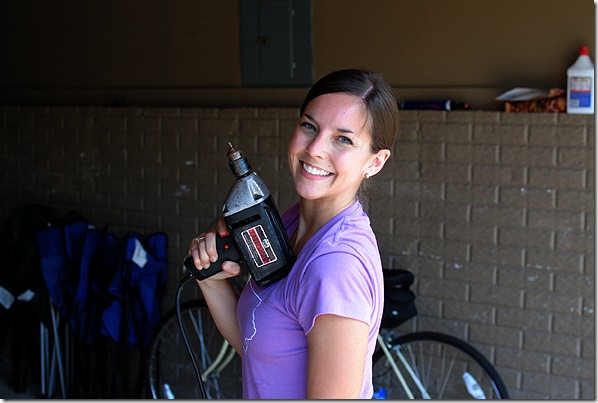
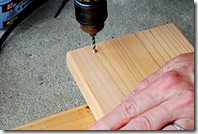
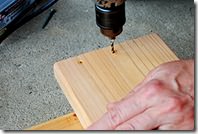
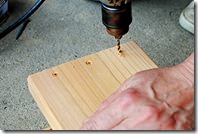
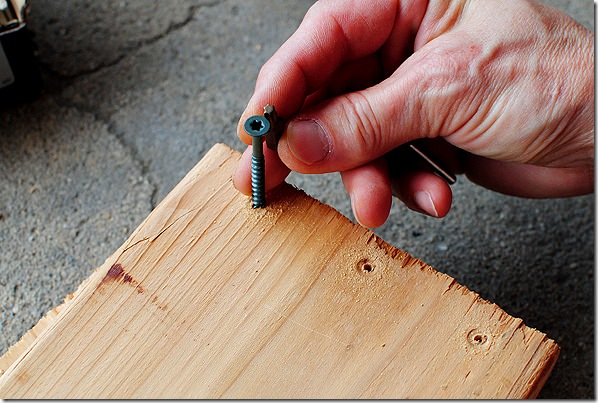

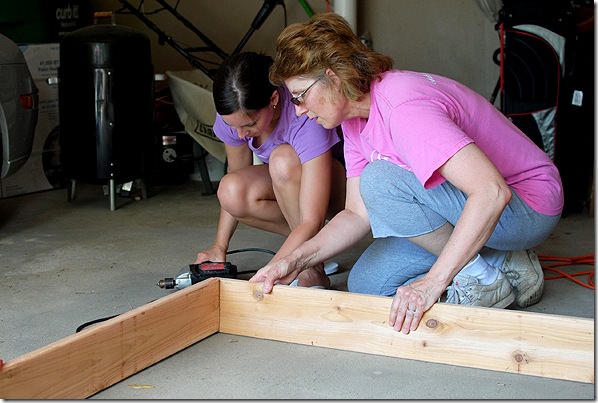
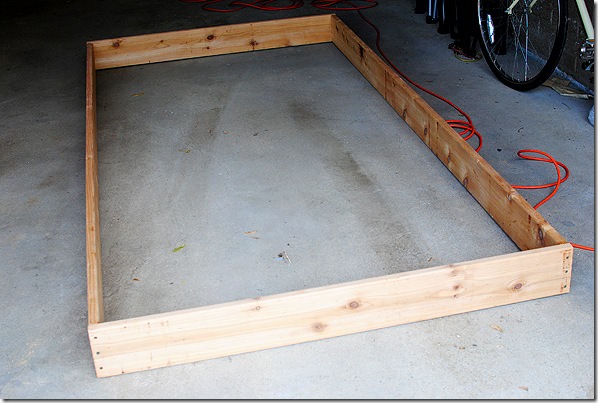


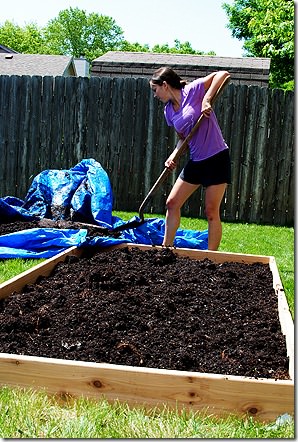
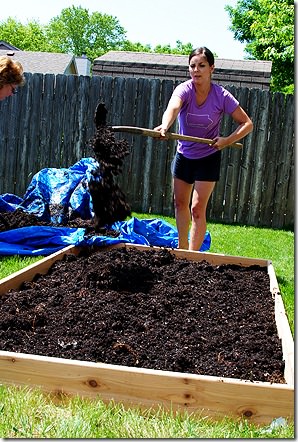
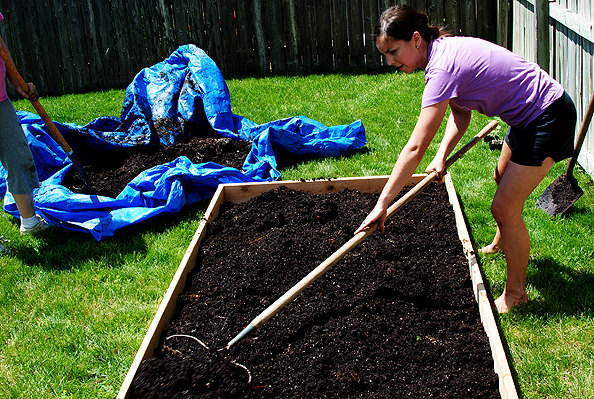

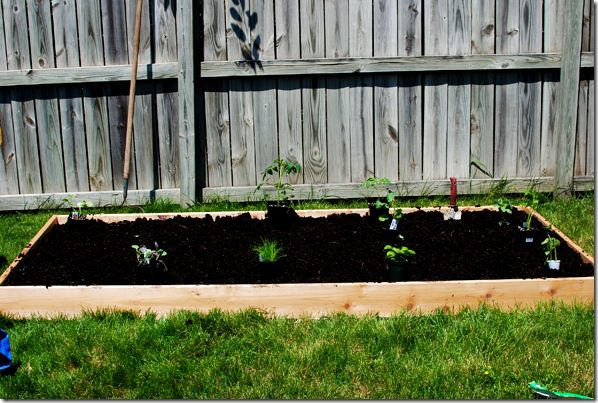
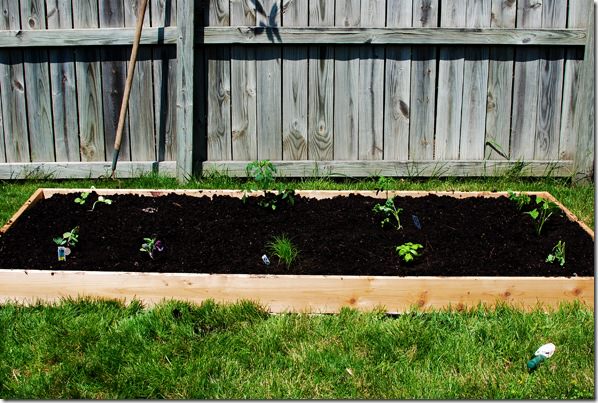








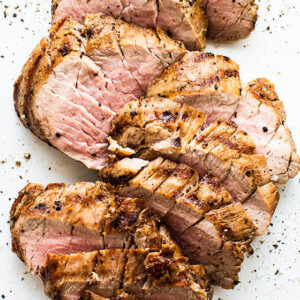



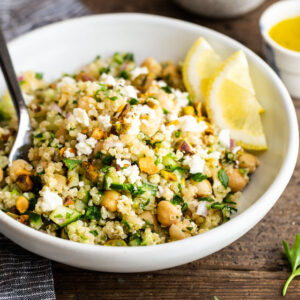


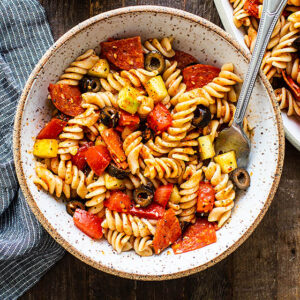





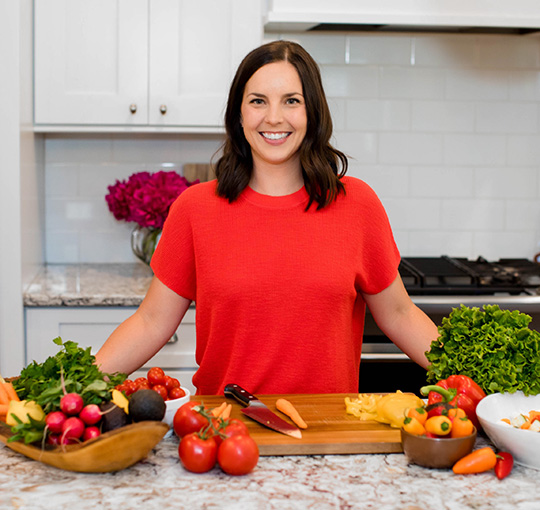

I love your garden ideas. Where did you purchase the green fencing? I am trying to keep the bunnies out of my garden.
Hi Phoebe! This is an older post but I believe I bought the fencing at Lowe’s! :)
[…] Lighter Spring Risotto And Raised Garden Bedfrom iowagirleats.com […]
[…] Photo by Iowa Girl Eats […]